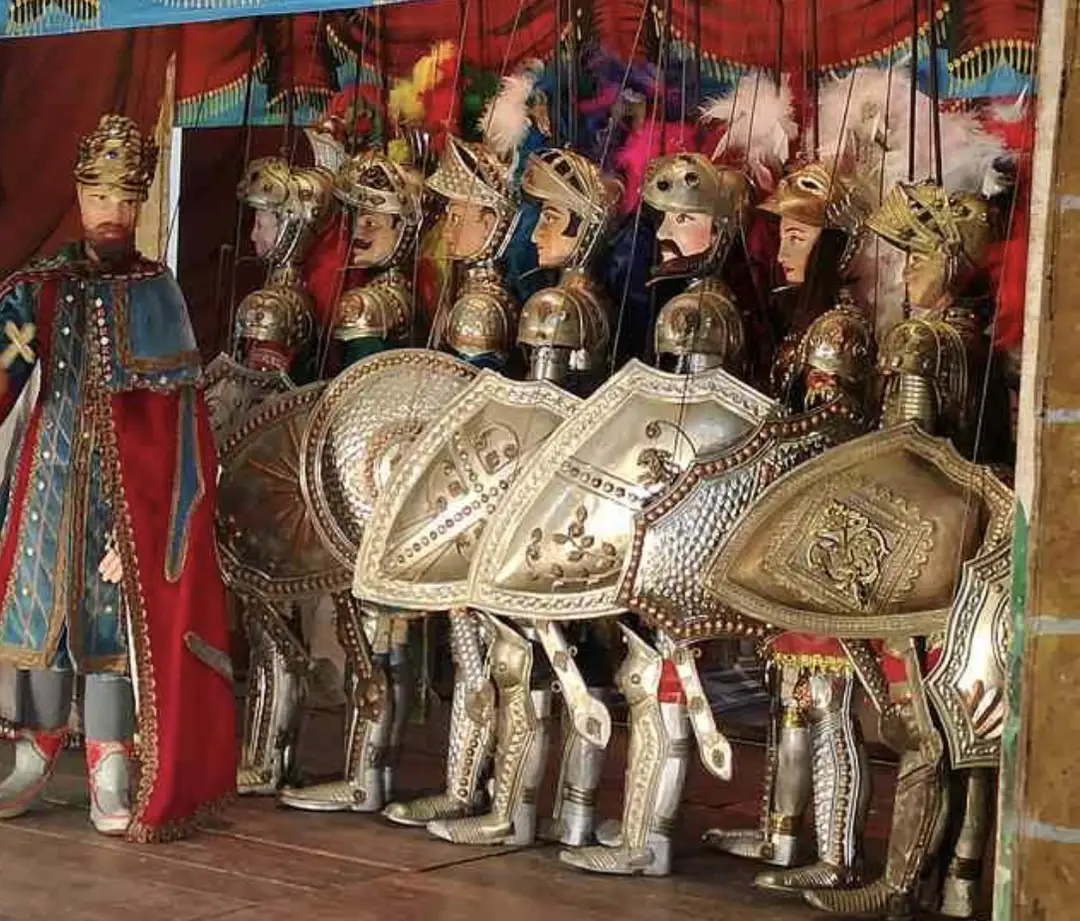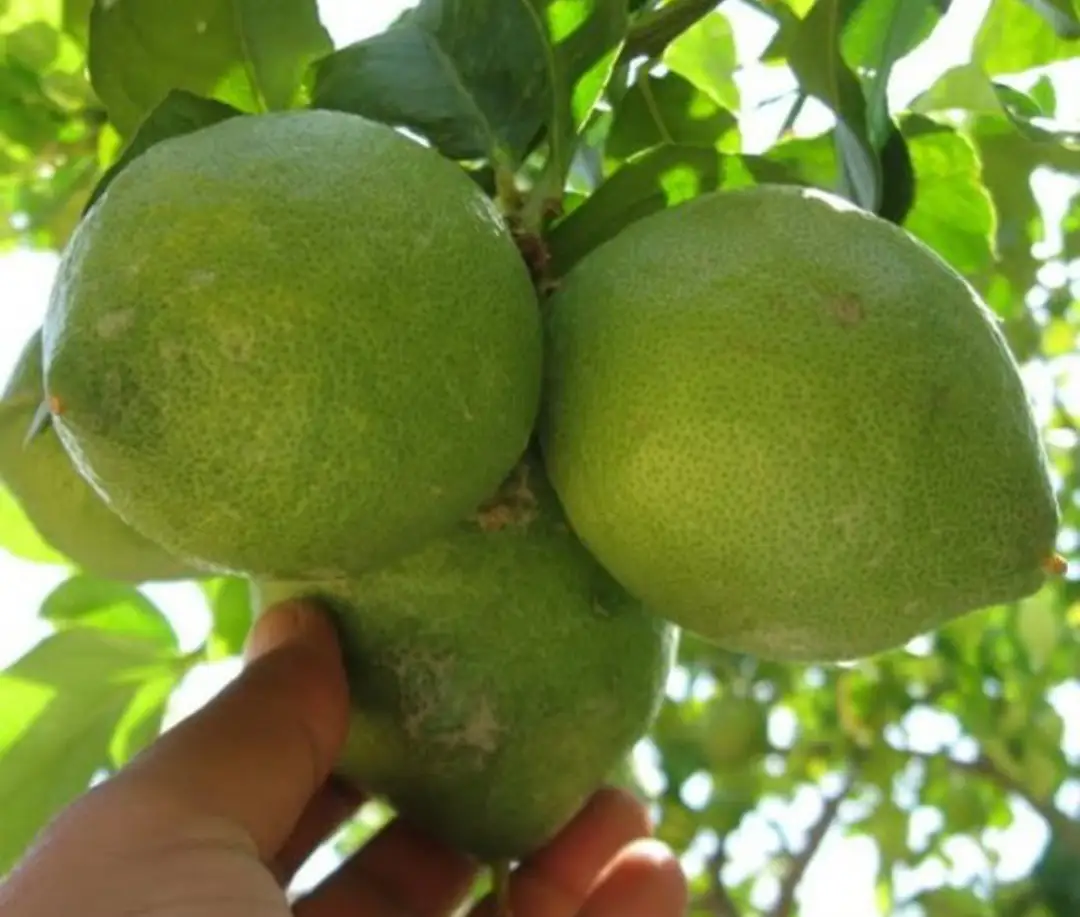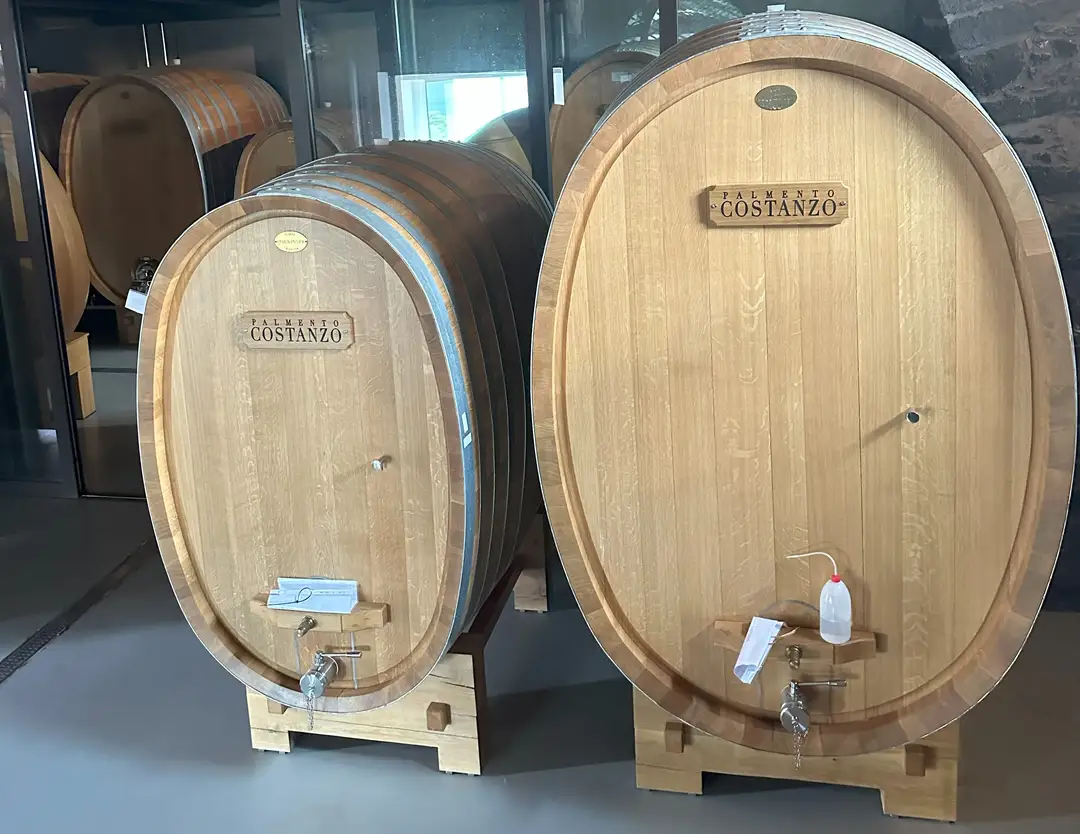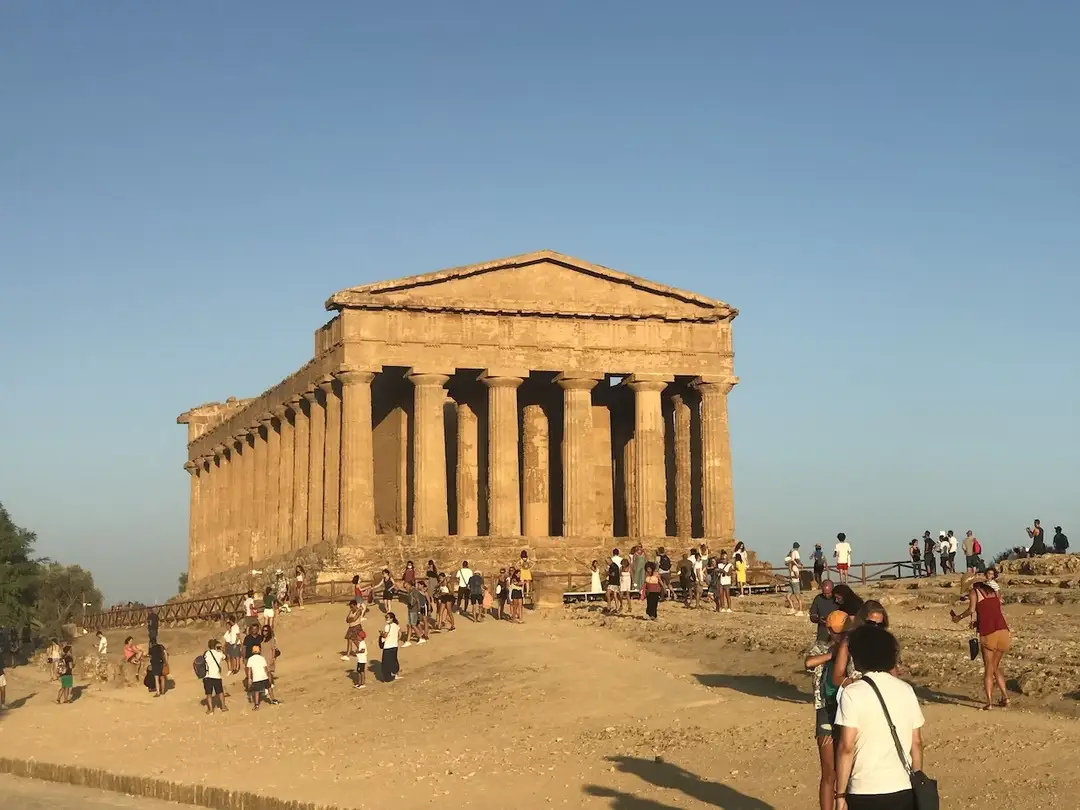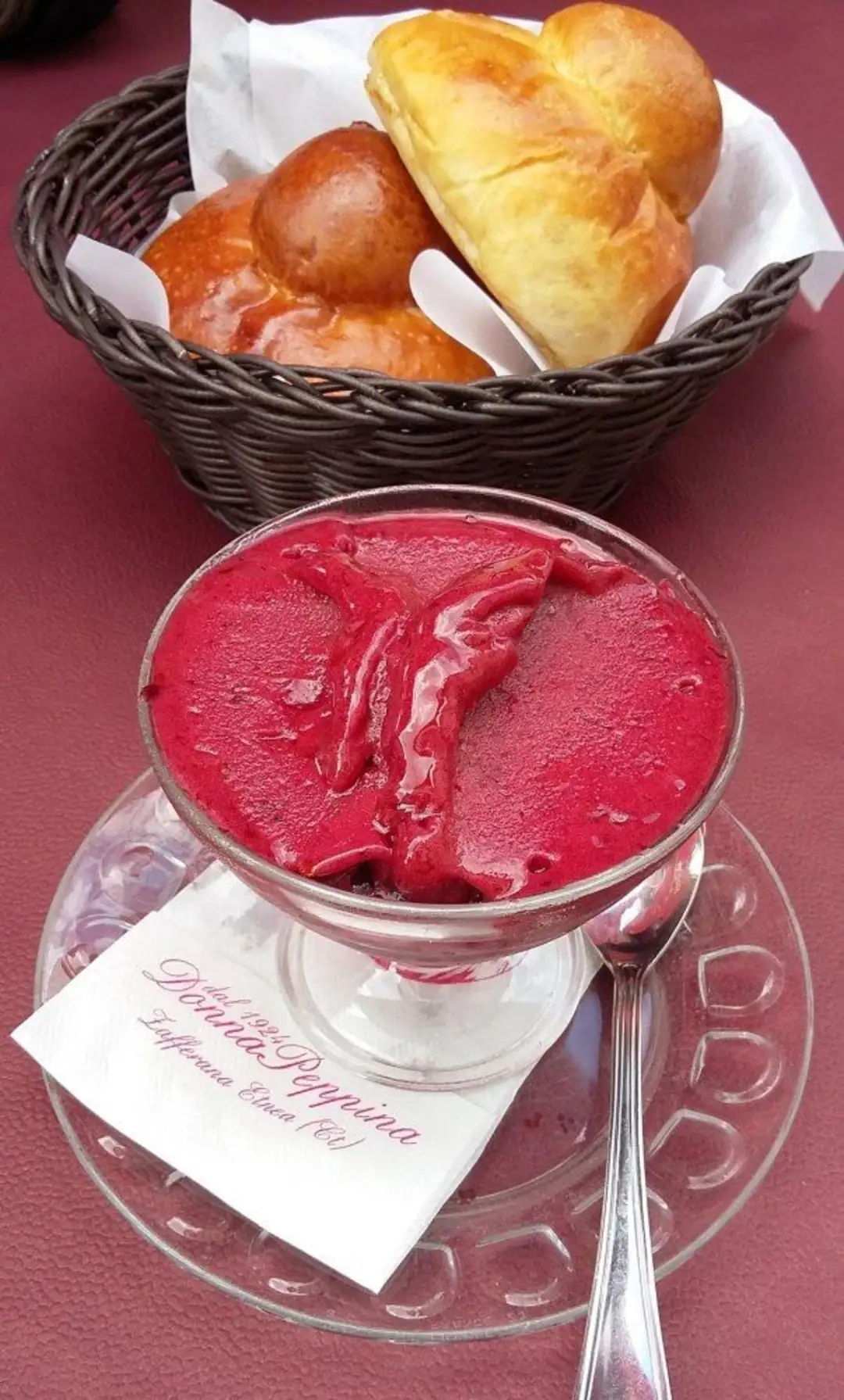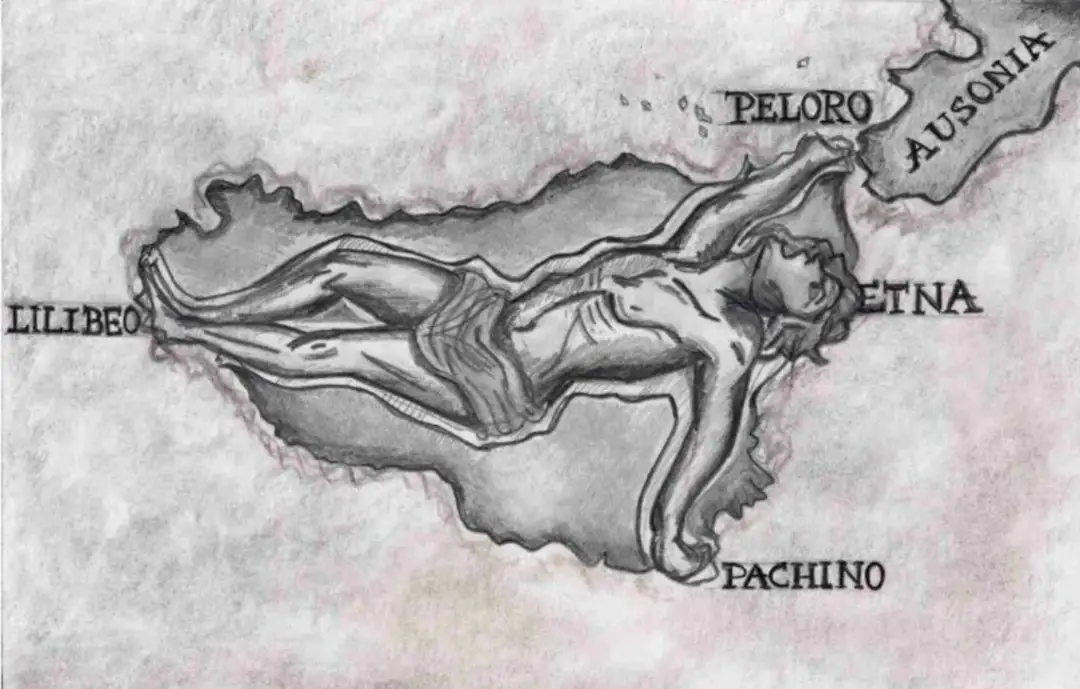
During your future trip to Sicily, you will surely see various symbols also as souvenirs and in the buildings and houses of the island.
Type: dark brown heads, pine cones, a symbol with three legs etc etc.
Today I want to talk to you about this last one, the three legs, called Trinacria, the mother symbol of Sicily also present in the Sicilian flag and in all institutional logos.
His story is still a bit of a mystery, as it is directly connected to Greek mythology.
The symbol is composed of a central "Gorgon" head known as Medusa, whose hair is intertwined snakes and ears of wheat, which represent the fertility of the territory and the three legs at 45°, which suggest a rotation, a symbol oriental religious, and in particular to the God of the temple Baal, where it is possible to find the symbol of the mulcher.
This symbol is not only found in Sicily, but it is possible to find it in numerous locations... such as for example in the flag of Man (certainly exported by the Romans to Sicily in 1072), also present in many English noble coats of arms and, as mentioned before , in the East.
Among other mythological interpretations, the symbol represents Typheus, the mythological giant responsible for the eruptions of Etna. Placing this giant inside Sicily, his head is in the position of Etna (where lava comes out of his mouth) his outstretched arms touch the two eastern ends of Sicily, Pachino and Peloro, while his outstretched legs rest on the western end of Lilybaeum.
One thing is certain, the symbol has very ancient origins, dating back to the Greek period and today it fully represents Sicily and its three points, a symbol that all Sicilians are familiar with, an object that you will find in every place.
Welcome to Sicily




